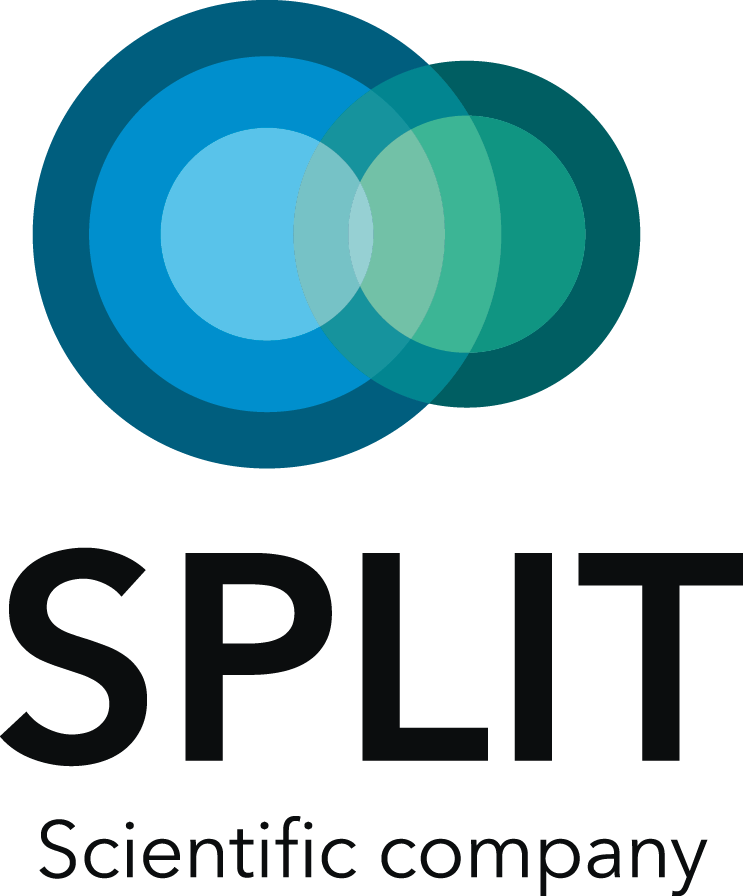SplitGunDeepMaster
Control system for small volume near-surface and deepe pneumatic sources
improving the efficiency of engineering and geophysical surveys on the shelf and marginal shallow waters
The SplitGunDeepMaster system is designed to control buried pneumatic sources of elastic vibrations used in engineering and geophysical surveys, marine scientific research on the shelf and in extremely shallow waters.
The solution allows you to use a pack with pneumatic sources from various manufacturers without any restrictions, optimally adjusting the power and amplitude of the control signal.
An important feature of the system is the possibility of using pneumatic sources towed at a depth of up to 100 m.
The solution allows you to use a pack with pneumatic sources from various manufacturers without any restrictions, optimally adjusting the power and amplitude of the control signal.
An important feature of the system is the possibility of using pneumatic sources towed at a depth of up to 100 m.
The structure of the system:
Source point control unit
To create control signals that activate pneumatic sources of elastic vibrations, while ensuring control and control of their response time, optimal parameters and electrical characteristics of lines and actuators of pneumatic sources, synchronization of operation with the ship's navigation system
Automated operator's workplace
Provides visualization and registration of the received data (delays in the operation of pneumatic sources, signatures, characteristics of control lines). The software allows real-time adjustment of the moment of operation of various pneumatic sources, depending on their location, technical condition and the required (optimal for a specific geological and geophysical task) signal signature
Automatically operated pneumatic gearbox
Allows the system to change the pressure in the high-pressure line, thereby maintaining a stable operating mode (source signature) with varying towing depth
1
2
3
THE INNOVATIVENESS OF THE SYSTEM
Application of Deep Learning Algorithms:
To recognize signatures, optimize control actions, in order to increase the stability of the emitted signal (to achieve an optimal combination of resolution /depth, reduce the percentage of data loss during field work). A high degree of detection of deviations from the set parameters is achieved using a machine learning system, which, based on accumulated data, is able to distinguish signature changes as a result of external factors (for example, variations in depth) from equipment malfunctions (for example, wear of pneumatic source elements), which allows the operator to take timely measures (for example, switch to a backup source) to avoid data loss and loss of field productivity.
To recognize signatures, optimize control actions, in order to increase the stability of the emitted signal (to achieve an optimal combination of resolution /depth, reduce the percentage of data loss during field work). A high degree of detection of deviations from the set parameters is achieved using a machine learning system, which, based on accumulated data, is able to distinguish signature changes as a result of external factors (for example, variations in depth) from equipment malfunctions (for example, wear of pneumatic source elements), which allows the operator to take timely measures (for example, switch to a backup source) to avoid data loss and loss of field productivity.
Neural network architecture and the UNet algorithm:
The system uses a well-proven neural network architecture and the UNet algorithm using loss functions made up of a combination of the Jacquard coefficient and binary crossentropy. As a result of careful selection of architecture, network parameters and training (training and validation samples), preprocessing on marked-up data, it is possible to obtain practically important results for optimal selection and management of the parameters of the PAK in real time.
The system uses a well-proven neural network architecture and the UNet algorithm using loss functions made up of a combination of the Jacquard coefficient and binary crossentropy. As a result of careful selection of architecture, network parameters and training (training and validation samples), preprocessing on marked-up data, it is possible to obtain practically important results for optimal selection and management of the parameters of the PAK in real time.
Real Time monitoring:
RealTime monitoring, alignment and adjustment of spectral characteristics in an optimally selected frequency range (within the operating frequencies of the system) due to mathematical procedures for evaluating the optimal parameters of the system, including using the results of cluster analysis and albums of signatures and bottom reflections for similar and typical engineering and geological conditions of work areas.
RealTime monitoring, alignment and adjustment of spectral characteristics in an optimally selected frequency range (within the operating frequencies of the system) due to mathematical procedures for evaluating the optimal parameters of the system, including using the results of cluster analysis and albums of signatures and bottom reflections for similar and typical engineering and geological conditions of work areas.
Real-Time auto-tuning:
RealTime automated adjustment of system parameters during field work by feeding feedback system responses (LoopControl) into the control signal generation circuit through a mathematical model of an elastic wave source.
RealTime automated adjustment of system parameters during field work by feeding feedback system responses (LoopControl) into the control signal generation circuit through a mathematical model of an elastic wave source.
Advantages of SplitGunDeepMaster technology
increasing the productivity of field work
reducing the economic costs of field work
stable signal signature in difficult conditions of the coastal zone and sea waves
getting high-quality data
reduction of labor and time costs for conducting an OMR
prospects for the application of MASW analysis methods
uninterrupted performance of field work in difficult weather conditions
technical specifications
















